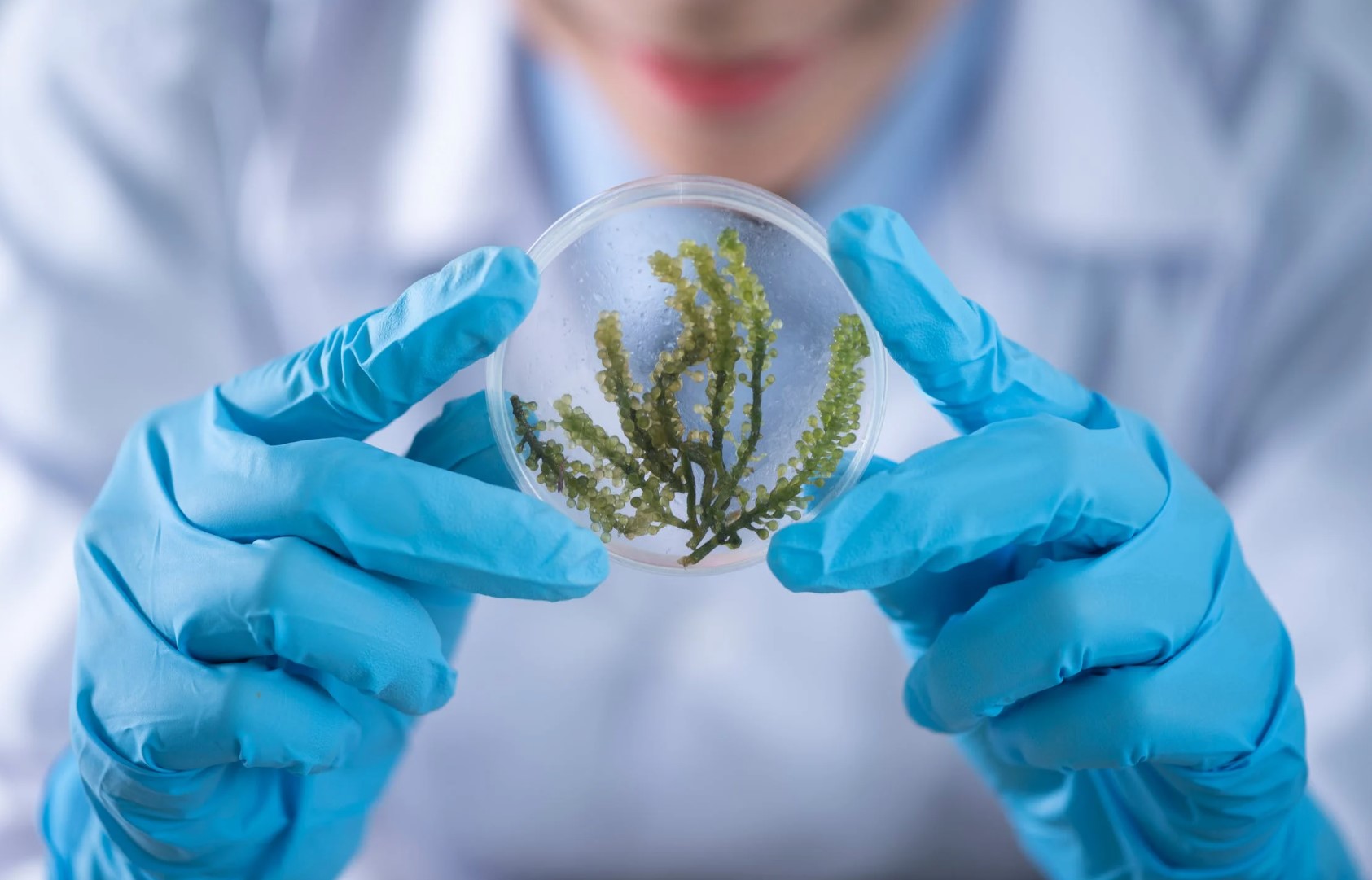What is climate tech and some of its key principles?
As people’s concerns over climate change become increasingly prominent, one thing that may be uncertain is the latest jargon that relates to it. After attending London Tech Week's ClimateTech Summit and noting the conferences’ keywords in climate change, Sam Holland defines climate tech and other terms.
Introducing climate tech
The ClimateTech Summit itself contains a keyword in the context of climate change that many may not have come across before: what is ‘climate tech’? While the term may be unfamiliar, it is in fact self-explanatory: climate tech is the collective way of referring to any technologies that have been designed with the express purpose of reducing greenhouse gas emissions.
While wind and solar farm systems are obvious examples of climate tech, climate tech is not just a catch-all term for alternative energy generators and so on: it can also be used to mean systems that inform our understanding of the climate and its impact and/or convince others to consider the climate in their own activities. Accordingly, tree planting apps and carbon dioxide footprint calculators are also strong examples of climate tech.
Moreover, as the next two sections will reflect, climate tech also encompasses the use of various approaches to natural resources, such as the treatment of carbon, which mitigates – not only the use of greenhouse gases – but the amount that remains in the atmosphere, even after it is released.

Carbon capture, utilisation and storage
Carbon capture, utilisation and storage (also see carbon sequestration) is often shortened to ‘CCUS’ and is the umbrella term for methods that harness, and therefore reduce, levels of industrial CO2 emissions that would otherwise remain in the atmosphere.
The term ‘carbon capture’ is perhaps the most significant part of this process, in that ‘utilisation and storage’ could never be achieved without a system by which CO2 releases can be exploited and maintained rather than accepted as another unavoidable addition to the atmosphere. Carbon capture, in the context of factory usage, involves carbon emissions being channelled through a vessel which uses a liquid solvent to absorb the CO2. According to the International Journal of Coal Science & Technology, solvent-based carbon capture is the most commercially-ready approach to achieving sustainable CO2 treatment.
The storage part of CCUS is of course what happens to the carbon dioxide after it’s been captured. Crucially, the carbon capture process is followed by the CO2 being transported underground (this is after it enters a second vessel, sometimes called a ‘regenerator’, which heats the first vessel’s solvent so that the CO2 can be separated). It is by being stored underground that the carbon dioxide can be absorbed into the Earth's crust, namely its subterranean rocks (carbon that is trapped in rock formations already occurs naturally).
The utilisation process in CCUS encompasses the various ways in which the stored, underground CO2 can be harnessed: some of the chief carbon utilisation methods involve enhanced oil recovery and the synthesis of hydrocarbons for fuel.

Biotech
On top of the industrial example used above, the carbon capture, utilisation and storage process also encompasses a system called BECCS (bioenergy with carbon capture and storage). BECCS is when carbon is stored following the harnessing of bioenergy – namely the breaking down of organic matter for the biological fuel known as biomass. This leads to a discussion of another term in climate tech: biotech.
Biotech (short for biological technology) is a broad term that applies, not only to BECCS, but all manner of sustainable and/or renewable solutions that are achieved through the combination of biological matter and technological innovation. In fact, biotech also refers to processes unrelated to climate tech, such as disease management, but for the purposes of this discussion, the focus is on biotech in eco-friendly areas.
In addition to biotech’s application to biofuels, just some key areas of the research area are as follows.
-
Sustainable agriculture
Many crops are being genetically modified to be insect-resistant and less susceptible to disease, and this ensures that food may be cultivated with less reliance on pesticides that could otherwise be harmful to the environment.
-
Sustainable chemical processes
The application of microorganisms can be used to enhance the design of plastics and textiles and also reduce the organic matter in wastewater that can then be recycled. Plus, the study of bacteria, which can also be genetically modified, is further informing various industries’ understanding of antibiotics and other medicines.
-
Sustainable sensors
Genetically-modified bacteria can be used as ‘biosensors’ that, owing to their fluorescence, can ‘light up’ and alert humans to various pollutants and other critical properties in products like food and medicine. This adds to the potential of biotech to reduce agricultural and medical waste, as well as increase the safety of a great variety of consumables.

The broad scope of climate tech
Climate tech is an umbrella term for a very broad scope of modern research and development into the combating of climate change. It enables consumers to observe their carbon footprint, and even sees the exploitation of nature itself to ensure more safe and sustainable commodities.
Ultimately, far from only encompassing the well-known systems like solar panel arrays and wind farms, climate tech does not just involve the avoidance of CO2 emissions. In fact, climate tech can be used to thrive on the release of carbon dioxide – thanks to CO2’s potential to be captured, stored, and utilised.
For more information on what the industry is doing to achieve sustainable practices, our Eco Innovation page has you covered.
And you can also find other industry stories at Electronic Specifier's sister publication, IoT Insider, and see more from ES at our LinkedIn page.


